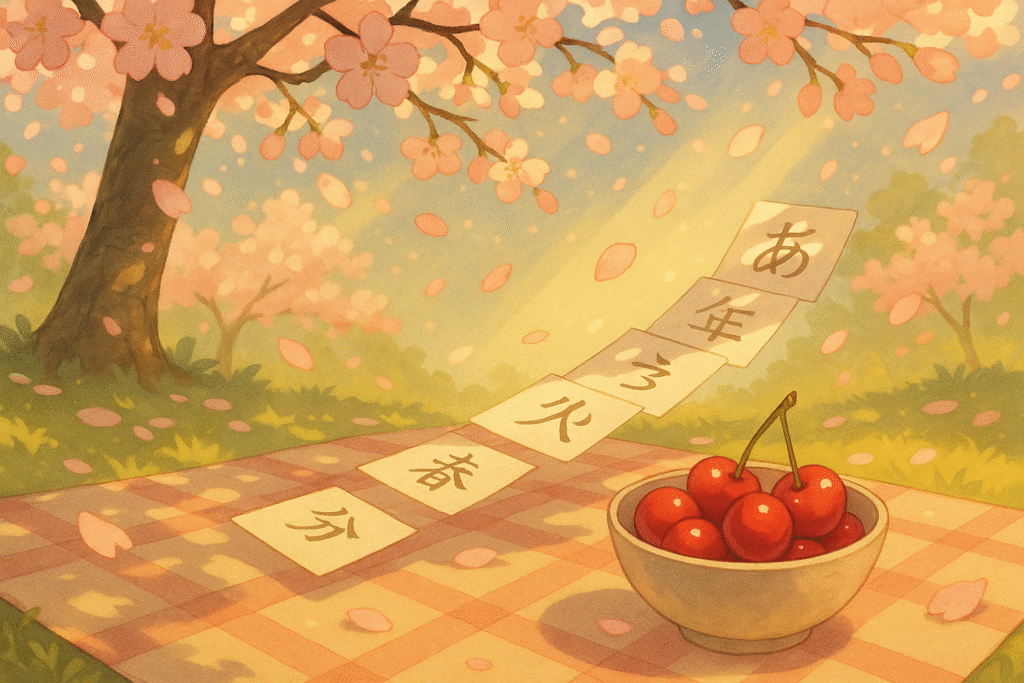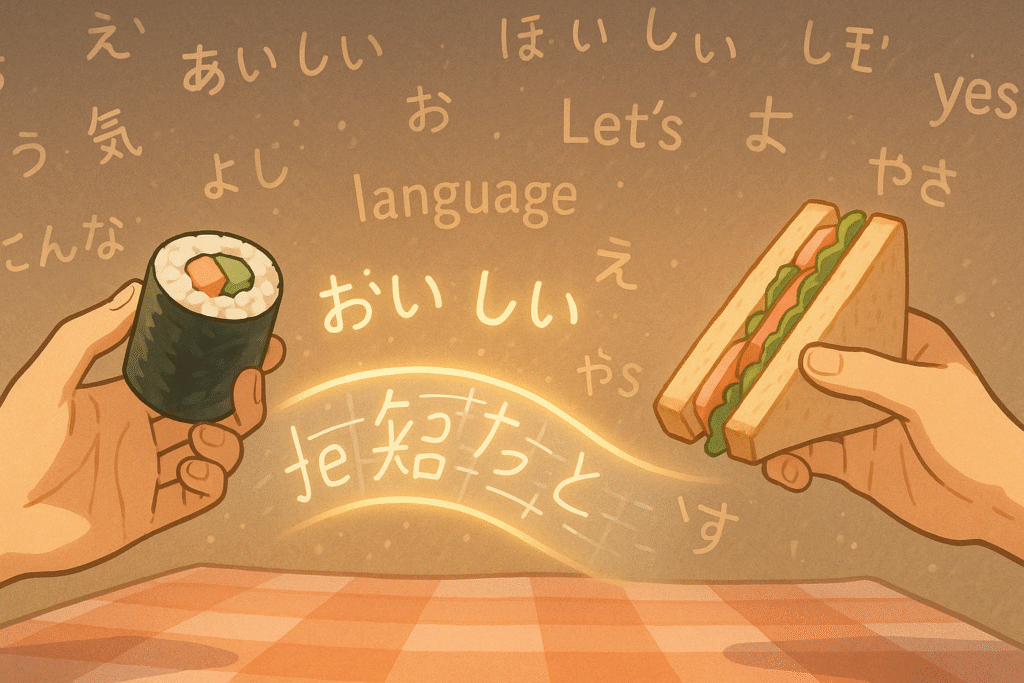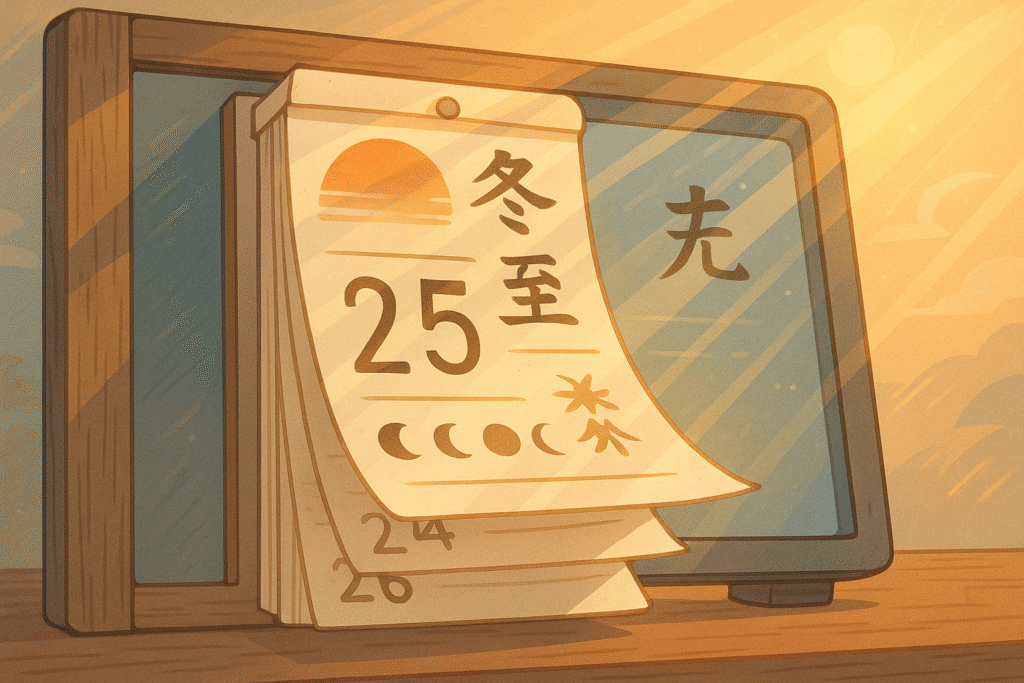Have you ever wondered how to say “cherry” in Japanese? Whether you’re planning a trip to Japan during cherry blossom season, trying to order your favorite fruit, or simply expanding your Japanese vocabulary, understanding the various Japanese words for cherry opens a fascinating window into Japanese culture and language. This guide will walk you through everything you need to know about expressing “cherry” in Japanese, from the fruit to the iconic blossoms that captivate the world each spring.
The Many Ways to Say Cherry in Japanese
When it comes to expressing “cherry” in Japanese, context matters significantly. The Japanese language offers several different words depending on whether you’re referring to the fruit, the blossom, or the tree itself.
Cherry as a Fruit in Japanese
The most common way to say cherry (the fruit) in Japanese is:
- サクランボ (sakuranbo) – This is the standard, everyday word for cherry fruit
- 桜桃 (ōtō) – A more formal, literary term [rare]
- 桜ん坊 (sakuranbō) – A colloquial variation
- 桜んぼう (sakuranbou) – Another colloquial form
- 桜んぼ (sakuranbo) – A slightly different way to write the common term
- チェリー (cherī) – The katakana loanword from English
For example, if you’re shopping at a Japanese market and want to ask for cherries, you would say: “サクランボをください” (Sakuranbo o kudasai) – “Cherries, please.”
Want to explore Japan’s culture?
Discover Japan’s rich culture, traditions, and hidden gems with our expertly crafted guides. Get insider tips on travel, food, and history. All for free!
Cherry Blossoms in Japanese
Cherry blossoms hold a special place in Japanese culture and have their own terminology:
- 桜 (sakura) – The most common word for cherry blossom
- 桜色 (sakura-iro) – Cherry blossom color (pink)
When discussing cherry blossom viewing, you might hear: “今年の桜はきれいですね” (Kotoshi no sakura wa kirei desu ne) – “This year’s cherry blossoms are beautiful, aren’t they?”
Cherry Tree in Japanese
The cherry tree itself has specific terminology:
- 桜の木 (sakura no ki) – Cherry tree
- 枝垂桜 (shidarezakura) – Weeping cherry tree
- 八重桜 (yaezakura) – Double-flowered cherry tree
- 一重桜 (hitoezakura) – Cherry tree bearing single blossoms
Cherry in Japanese Culture: Beyond Words
Understanding cherry in Japanese goes far beyond simple translation. Cherries and particularly cherry blossoms are deeply embedded in Japanese culture.
Cherry Blossom Viewing Traditions
- お花見 (ohanami) – Cherry blossom viewing
- 花見の宴 (hanami no en) – Cherry blossom viewing party
- 桜祭り (sakura matsuri) – Cherry blossom festival
As we explored in our Japanese Date Format guide, many Japanese events and celebrations are timed around natural phenomena like cherry blossom season.
Cherry in Japanese Cuisine
Cherry fruit and blossoms make appearances in several Japanese culinary traditions:
- 桜餅 (sakuramochi) – Rice cake with bean paste wrapped in a preserved cherry leaf
- 桜湯 (sakurayu) – Tea made with preserved cherry blossoms
- 花見酒 (hanami-zake) – Sake drunk while viewing cherry blossoms
Practical Uses of Cherry-Related Japanese Vocabulary
If you’re learning Japanese, as we recommended in our How to Read in Japanese guide, practicing vocabulary in context helps retention. Here are some practical phrases using cherry-related terms:
- “日本で桜の季節が一番好きです” (Nihon de sakura no kisetsu ga ichiban suki desu) – “Cherry blossom season is my favorite time in Japan.”
- “このケーキにはサクランボが乗っています” (Kono kēki ni wa sakuranbo ga notte imasu) – “This cake has cherries on top.”
- “桜の下でピクニックをしましょう” (Sakura no shita de pikunikku o shimashō) – “Let’s have a picnic under the cherry trees.”
Just as we discussed in our 1000 Most Common Japanese Words article, mastering these cherry-related terms will significantly enhance your everyday Japanese communication.
Beyond Basic: Cherry-Related Expressions and Poetic References
The Japanese language contains numerous poetic expressions and phrases relating to cherries and cherry blossoms:
- 花吹雪 (hanafubuki) – Falling cherry blossoms (literally “flower snowstorm”)
- 桜花爛漫 (ōka ranman) – Riot of cherry blossoms
- 徒桜 (adazakura) – Ephemeral cherry blossom (metaphor for something beautiful but transient)
These expressions highlight how cherry blossoms symbolize the ephemeral nature of life in Japanese aesthetics—beautiful but fleeting, a concept known as “mono no aware” (物の哀れ).
Comparing Japanese Cherry Terms with English
While English generally uses “cherry” for both the fruit and blossom (with the adjective “cherry blossom” to specify), Japanese makes clear distinctions:
| English Term | Japanese Equivalent | Pronunciation |
|---|---|---|
| Cherry (fruit) | サクランボ | Sakuranbo |
| Cherry blossom | 桜 | Sakura |
| Cherry tree | 桜の木 | Sakura no ki |
| Cherry tomato | プチトマト | Puchi tomato |
This distinction reflects the cultural significance of cherry blossoms in Japan compared to the fruit itself.
Tips for Remembering Cherry in Japanese
Learning new vocabulary becomes easier with these techniques:
- Connect with culture: Remember サクランボ (sakuranbo) by thinking about Japan’s famous sakura (cherry blossoms) producing small cherries
- Visual association: Picture the kanji 桜 (sakura) when you see cherry blossoms
- Create a story: Imagine cherry blossoms turning into cherries to link 桜 (sakura) with サクランボ (sakuranbo)
- Practice in context: Use our example sentences in everyday conversation
Just as we emphasized in our Japanese Transition Words guide, contextual learning significantly improves retention.
Ready to Expand Your Japanese Vocabulary?
If you’ve enjoyed learning about cherry in Japanese and want to continue building your language skills, check out our comprehensive Learn Japanese page where you can access free guides to accelerate your learning journey.
Q&A About Cherry in Japanese
Q: What is the most common way to say cherry fruit in Japanese? A: サクランボ (sakuranbo) is the most common way to say cherry fruit in Japanese.
Q: How do you say cherry blossom in Japanese? A: Cherry blossom in Japanese is 桜 (sakura).
Q: When is cherry blossom season in Japan? A: Cherry blossom season typically occurs between late March and early April, varying slightly by region.
Q: What’s the difference between sakura and sakuranbo? A: Sakura (桜) refers to cherry blossoms, while sakuranbo (サクランボ) refers to the cherry fruit.
Q: How important are cherry blossoms in Japanese culture? A: Cherry blossoms are extremely important in Japanese culture, symbolizing both the beauty and transience of life, and marking the arrival of spring with nationwide celebrations.
Q: Does Japanese have a word for cherry tree? A: Yes, a cherry tree in Japanese is 桜の木 (sakura no ki).
Understanding cherry in Japanese involves more than just vocabulary—it opens a window into Japanese aesthetics, philosophy, and seasonal appreciation. Whether you’re admiring sakura blossoms or enjoying sakuranbo in a dessert, these words connect you to centuries of cultural tradition.
Have you discovered any other interesting cherry-related Japanese words or traditions? Share your experiences in the comments below!
Love Japan? Stay in the Loop!
Get the best of Japan straight to your inbox: language, culture & travel insights!




